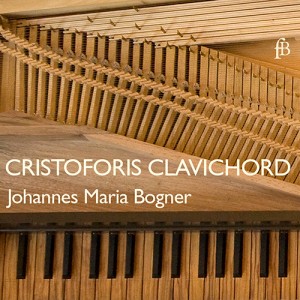Johann Sebastian Bach – Johann Jakob Froberger
THE CLAVICHORD
The player’s finger touches the key and thus, prolonged by a piece of wood and metal, directly the string, setting it into vibration. The finger must hold down the key for the whole length of the note, literally creating a tenuto, and at the same time it can further shape the note with a tremolo («Bebung») similar to the vibrato on a string instrument.
«… I believe however, that a good clavichord, apart from having a feebler sound, shares all the beauties of it (the fortepiano, Ed.) and moreover has the advantage of tremolo and carrying of the notes, since I can give each note an emphasis after the attack. The clavichord is thus the instrument upon which one is most able to judge the abilities of a keyboard player.»
(Carl Philipp Emanuel Bach: Versuch über die wahre Art das Clavier zu spielen, 1753)

Johann Sebastian Bach (1685 – 1750)
Toccata e-Moll BWV 914
[ Toccata ]
Un poco allegro (a 4 voci)
Adagio
Fuga. Allegro (a 3 voci)
Johann Jakob Froberger (1616 – 1667)
Suite C-Dur
Lamento sopra la dolorosa perdita della Real Maestà di Ferdinando IV Rè de Romani
Gigue
Courant
Sarabande
Johann Sebastian Bach (1685 – 1750)
Partita VI e-Moll BWV 830
Toccata
Allemande
Courante
Air
Sarabande
Tempo di Gavotta
Gigue
Johannes Maria Bogner
Clavichord by Thomas Vincent Glück after Bartolomeo Cristofori (ambitus: GG-d3, bass fretted; unfretted d0 to d3)
fb 1404999
EAN code 4260307430993


